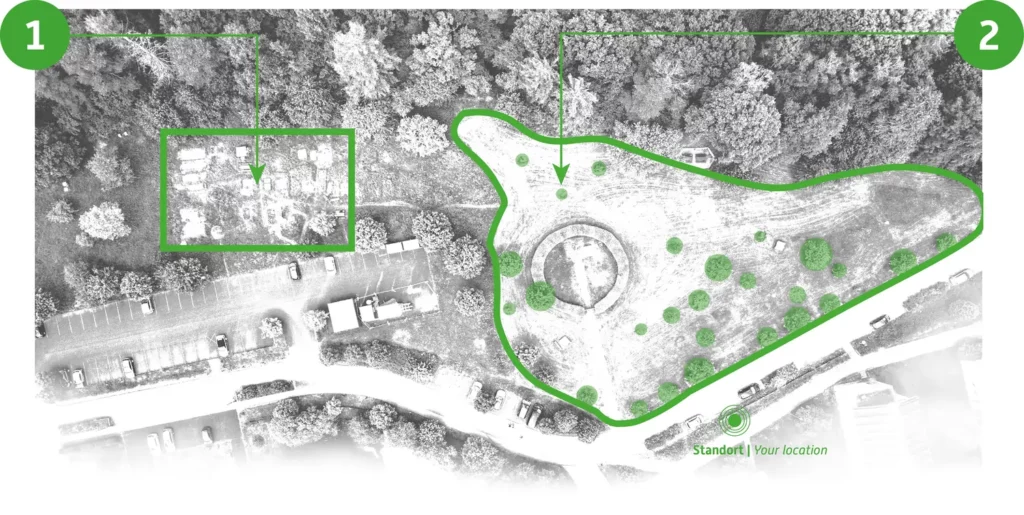The campus bears fruit
Gardens have accompanied humans from the very beginning. At first, it was used exclusively for food production. Over time, however, aesthetic, religious or spiritual aspects also gained importance. Urban gardening is becoming increasingly popular in cities. This is characterised by the utilisation of often neglected urban areas for the production of fruit and vegetables.
The campus garden is a community garden for students of the Environmental Campus. It is managed by AStA, the general student committee. This committee allocates the plots and provides gardening tools. Additionally, AStA organises apple harvests and often also the processing into apple juice.

Kitchen gardens
- promote recreation and a sense of community.
- are habitats for many animals and plants.